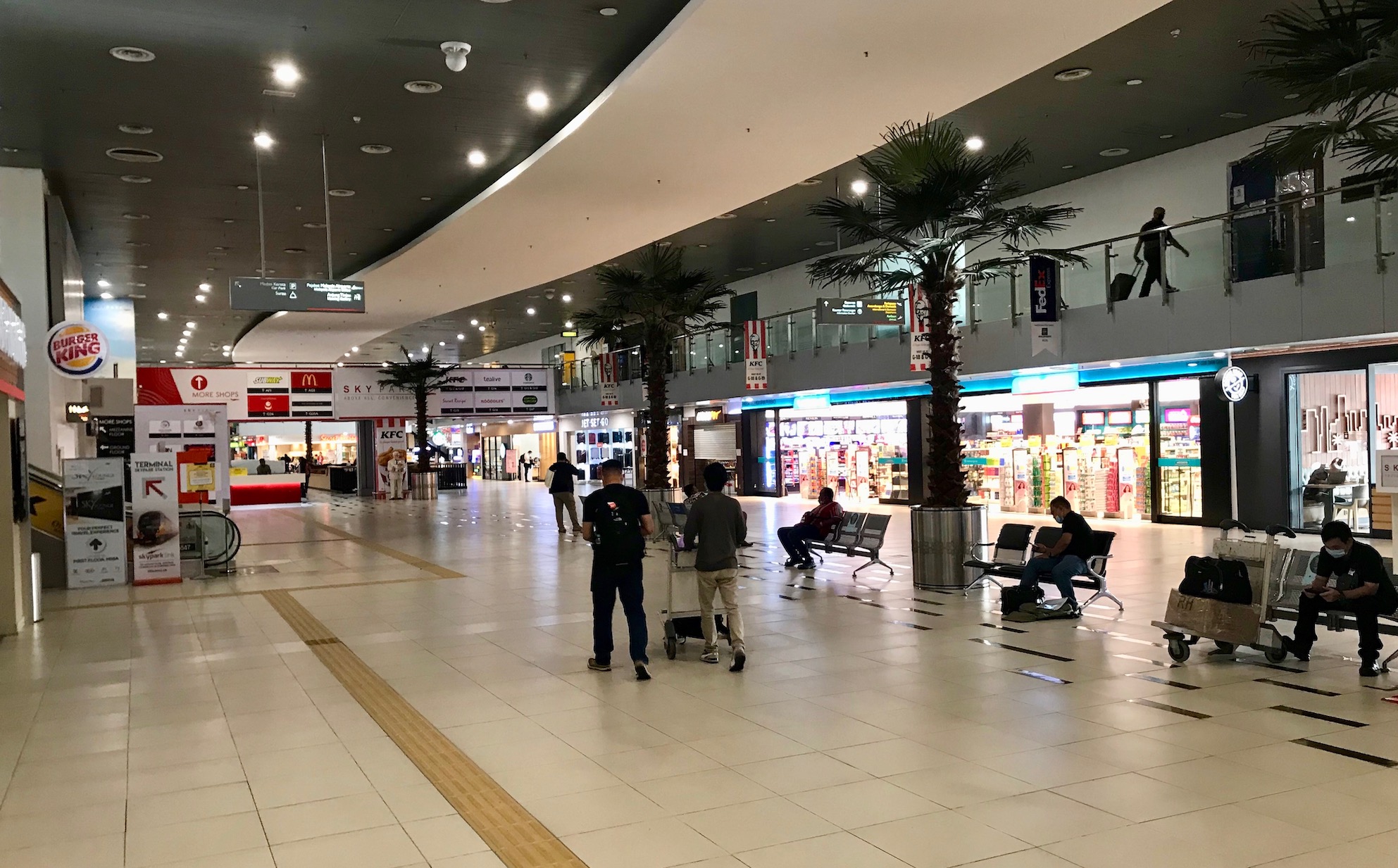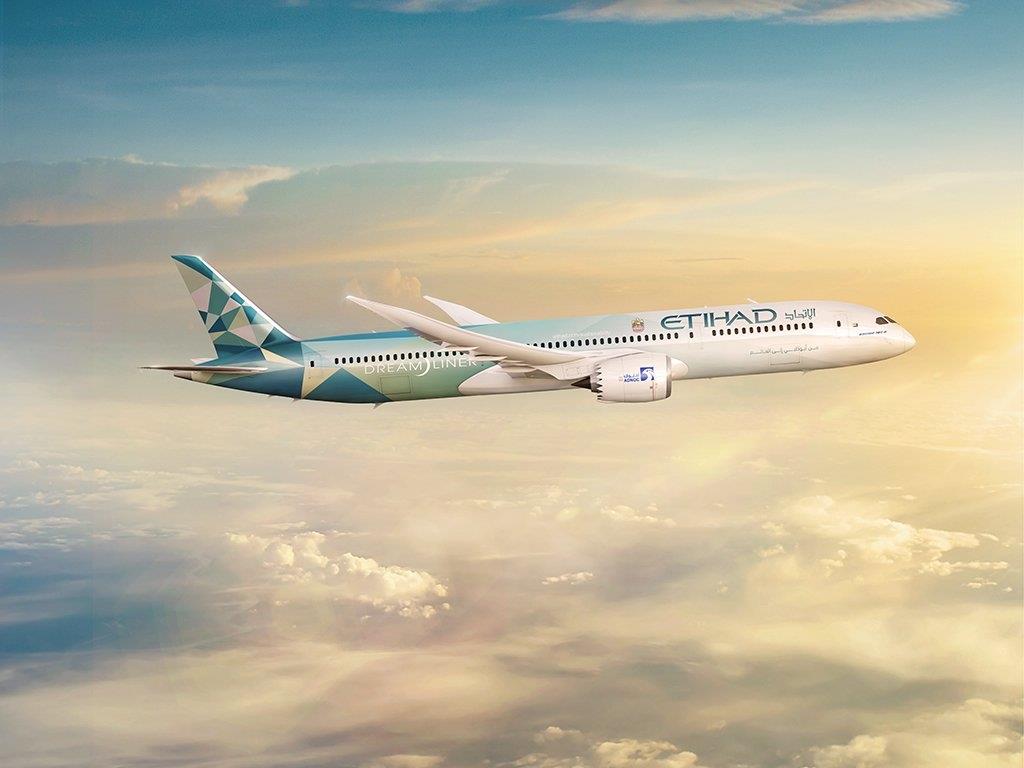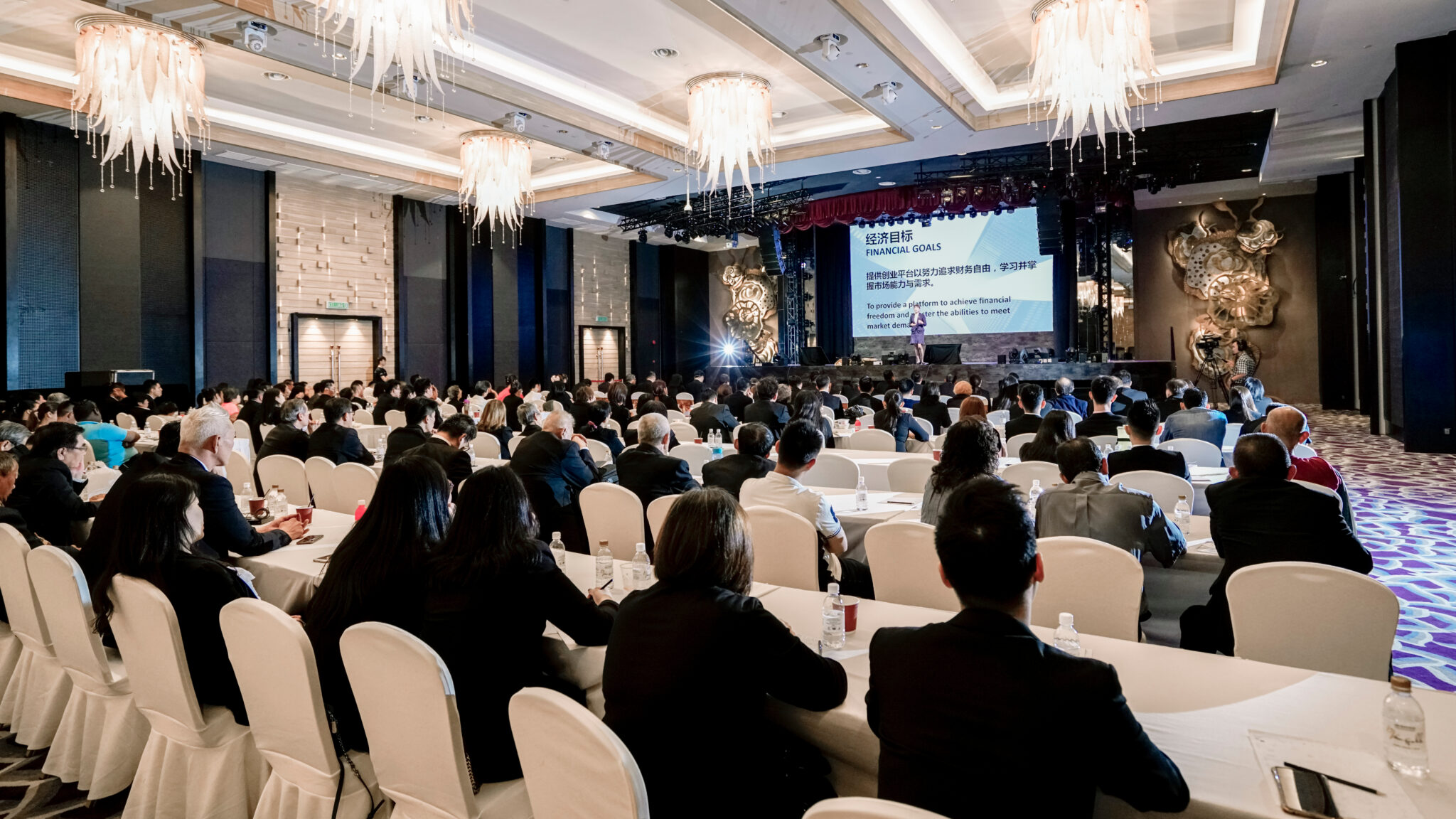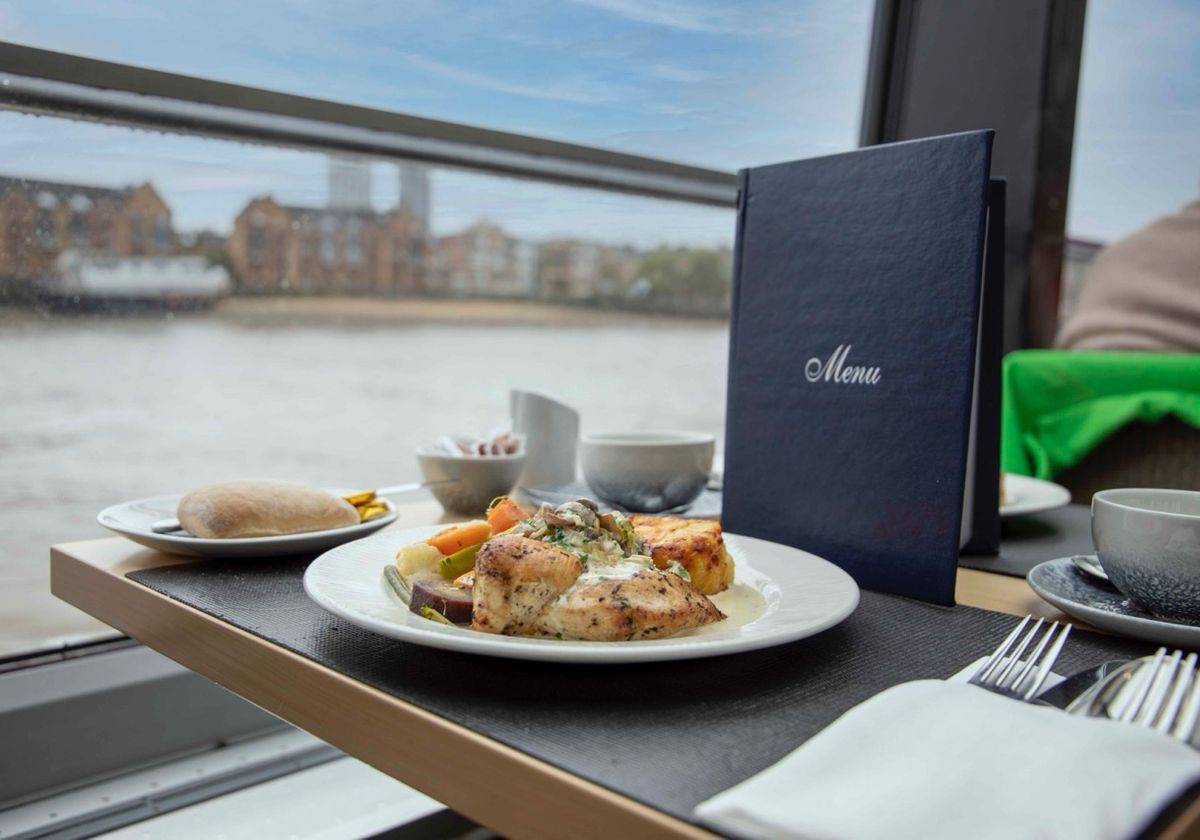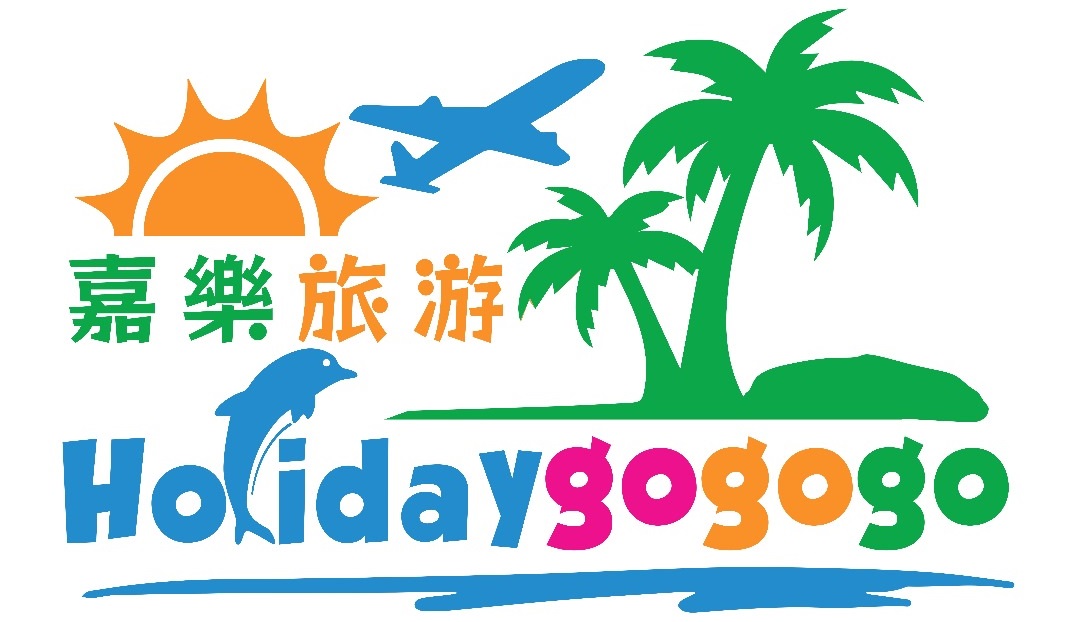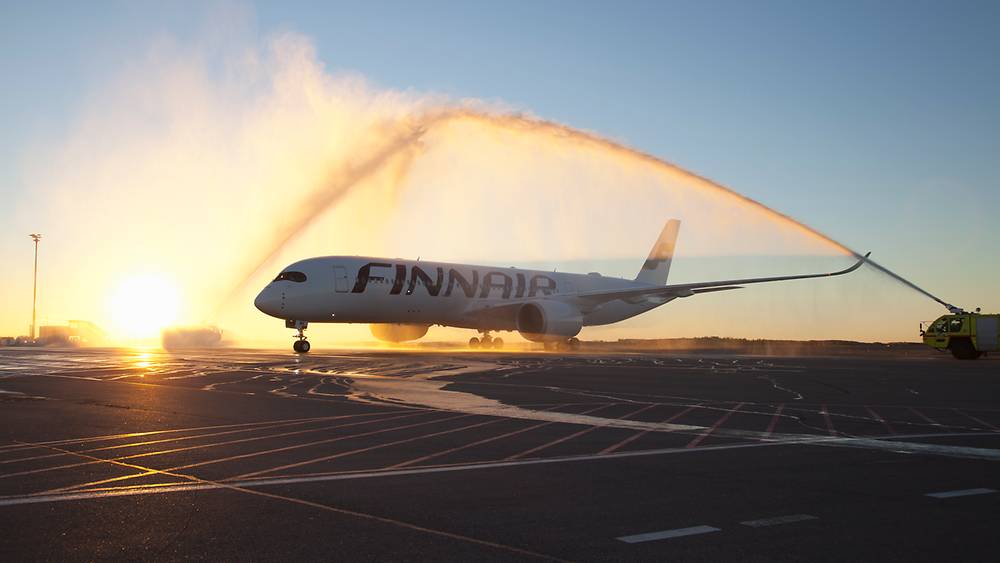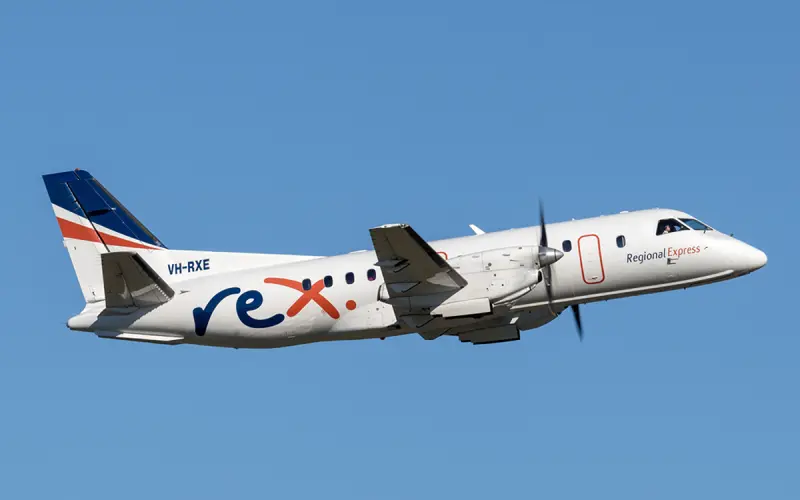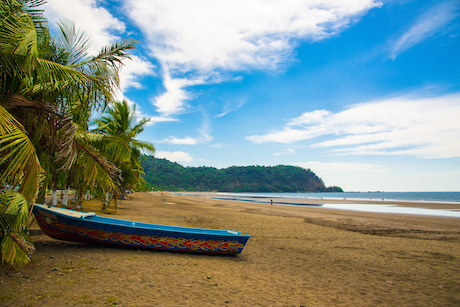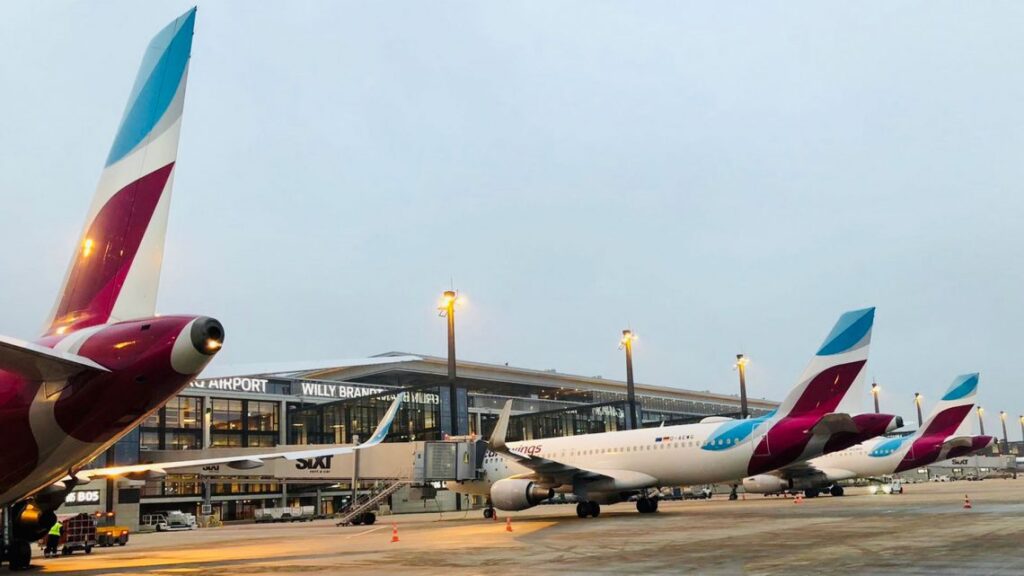While travel sector revenues evaporated, the costs did not. Airlines, hotels, travel agents and tour operators all tell distressing stories about burning through cash flow. We’ve all seen (and in some cases taken) photographs of empty airports, tourist-free cities, vacant beaches and derelict UNESCO sites
Some travel companies, not just airlines claiming government bailouts, sought new financing paths. Plenty have closed. Many more continue fighting towards recovery.
In some parts of the world, notably South America, Africa, Middle East and in pockets of Asia, COVID-19 is still raging. China is on alert for a second wave. At the same time, some travel economies in Europe, Asia and the Pacific are tentatively reopening, and a cautious sense of optimism is returning.
So, nearly 6 months since the first cases of “suspected pneumonia“ were reported in Wuhan in late December 2019, let’s pause and rewind. And, let’s ask ourselves … “Could anyone really have predicted that in 2020…”
- The UNWTO would publish the following phrase: “100% of global destinations now have COVID-19 travel restrictions,” as it did on 28 April.
- Singapore Changi Airport, one of Asia’s primary connective hubs that handled 68.3 million passengers in 2019 and earned an 8th consecutive SkyTrax World Best Airport award, would, temporarily, operate from only 2 of its 4 terminals, and defer for two years construction of T5.
- Any country, let alone almost all of them, would shut out the world’s largest outbound market: China. Some 155 million Chinese outbound movements were made in 2019. At present, Chinese borders remain closed.
- Consumer travel sentiment surveys rather than visitor arrivals, flight seat data and hotel occupancies would shape the forward budgeting and planning of tourism marketers.
- The Tokyo Olympics and UEFA European Championships, the two signature sports tourism events of the year, would be postponed until 2021.
- Airlines, rail and coach operators would extend their rebooking windows for consumers – in some cases for up to 2 or 3 years.
- Etihad would become the first airline to trial a touchless technology capable of detecting a passenger’s temperature, heart and respiratory rates through an airport.
- IATA would predict that global air passenger demand would fall 54.7% in 2020 – with a 53.8% drop in Asia-Pacific, widely considered (pre- and post-pandemic) as a vital engine of travel growth.
- The hashtag #TravelTomorrow would be widely endorsed and shared across the industry. Travel. Tomorrow. Just think about that for a few seconds.
- The phrase ‘Travel Bubble’ (quickly followed by ‘Air Corridor’ and ‘Green Lane’) would align airline network re-openings with epidemiological control factors.
- A hotel operations director would publicly state that housekeping may deploy: “Electrostatic spraying technology, which uses the highest classification of disinfectants.”
- China’s Big 3 airlines – Air China, China Southern and China Eastern – would collectively record a net loss of RMB14 billion in the first quarter of 2020, compared to a combined net profit of RMB10 billion in the same 2019 period.
- Airlines and governments would team up to provide repatriation flights from multiple countries – not as a result of military coups, hurricanes or earthquakes, but because of a virus.
- The terms ‘lockdown,’ ‘travel ban,’ ‘furlough’, and ‘quarantine’ would become customary elements of daily communication with family, colleagues and clients.
- The World Travel & Tourism Council (WTTC) would predict “a staggering 100 million jobs losses due to the coronavirus pandemic,” as it did on 24 April.
- Domestic travel, which has long been under-valued, under-funded and under-strategised in many countries (with notable exceptions like China, Thailand and South Korea), would become the near-term fulcrum of a travel recovery.
- With self-drive travel forecast to continue growing aggressively in Asia, iconic rental car brand Hertz would enter Chapter 11 reorganisation in the US.
- Samsonite, the preferred luggage choice of Asian brand shoppers to store their on-the-go purchases from Bicester Village to Galleries Lafayette, would report a USD231 billion year-on-year net sales decrease in the first quarter of 2020.
- National tourism boards would replace their experiential taglines and aspirational campaigns to instead present themseves as ‘trusted’ and ‘safe’ destinations.
- The concepts of ‘Travel Recovery’ and ‘COVID-safety’ would guide how the travel industry operates throughout the 2nd half of 2020, and into 2021.
So, as we did farewell to the first half-year of a new decade, we should take a deep breath and recognise the scale of the challenges it wrought. Hopefully, that will provide the strength and resolution to confront whatever awaits in the second half of 2020, and beyond.
—-
Gary Bowerman is Director of Check-in Asia, and an experienced Asia tourism and consumer analyst and media commentator. He spent six years living and working in China, and has been based in Kuala Lumpur since 2010. He is the author of The New Chinese Traveller: Business Opportunities from the Chinese Travel Revolution (Palgrave, 2014), and co-host of The South East Asia Travel Show podcast.



 share
share











